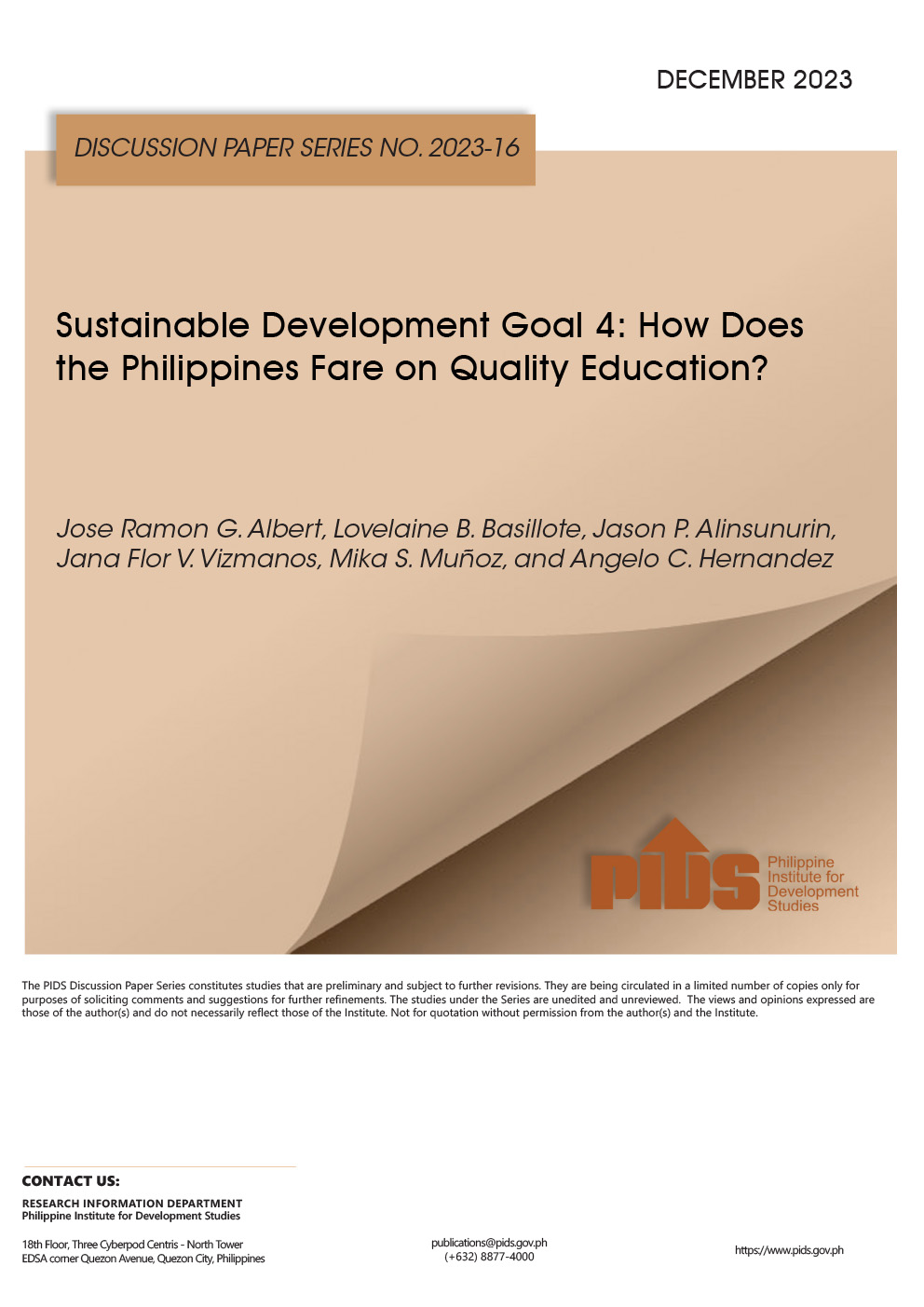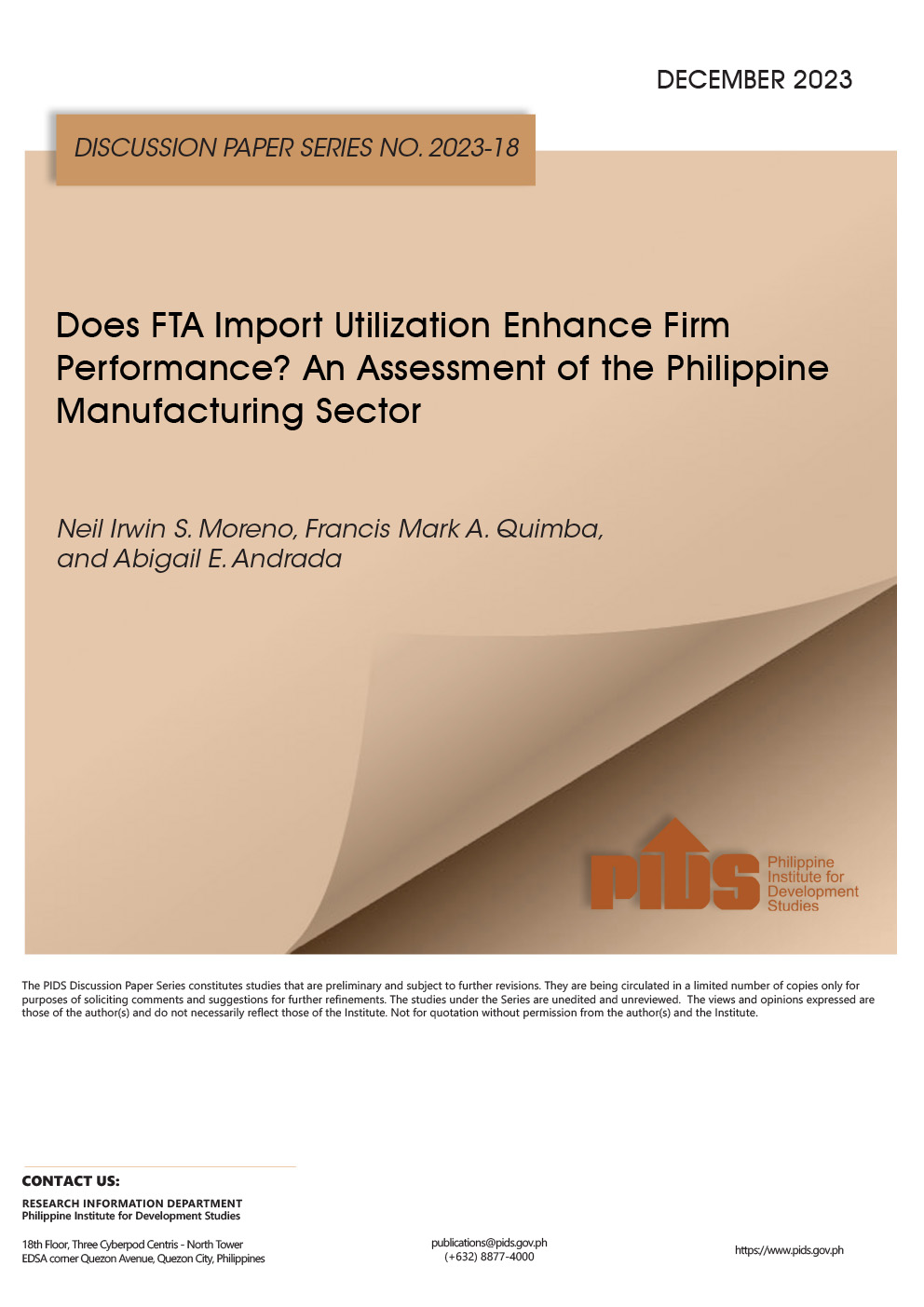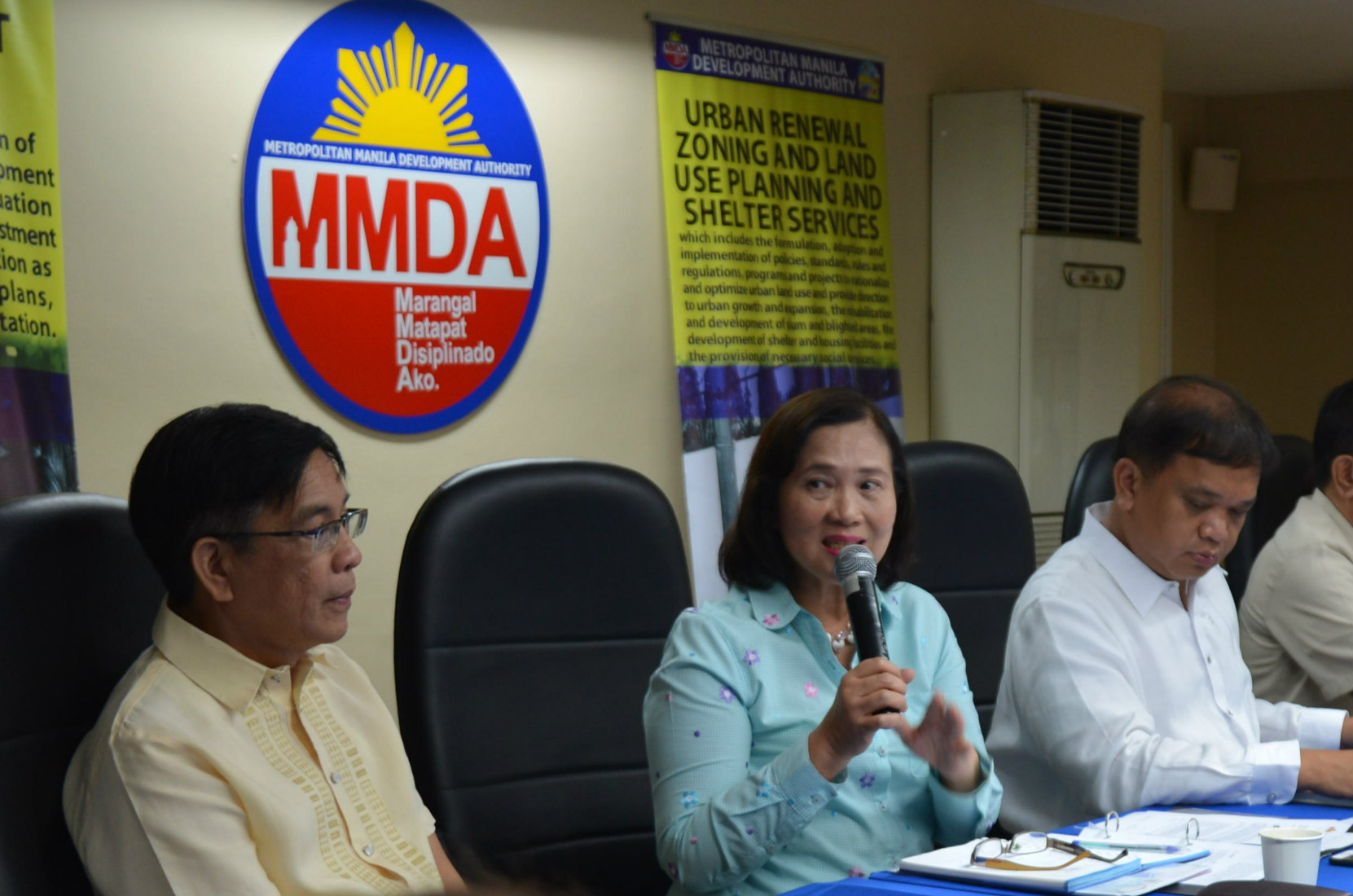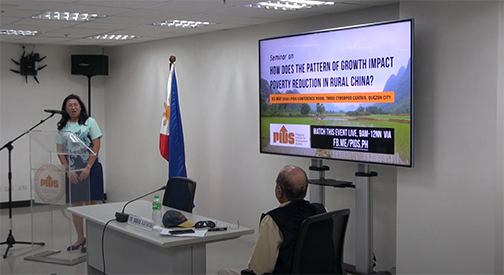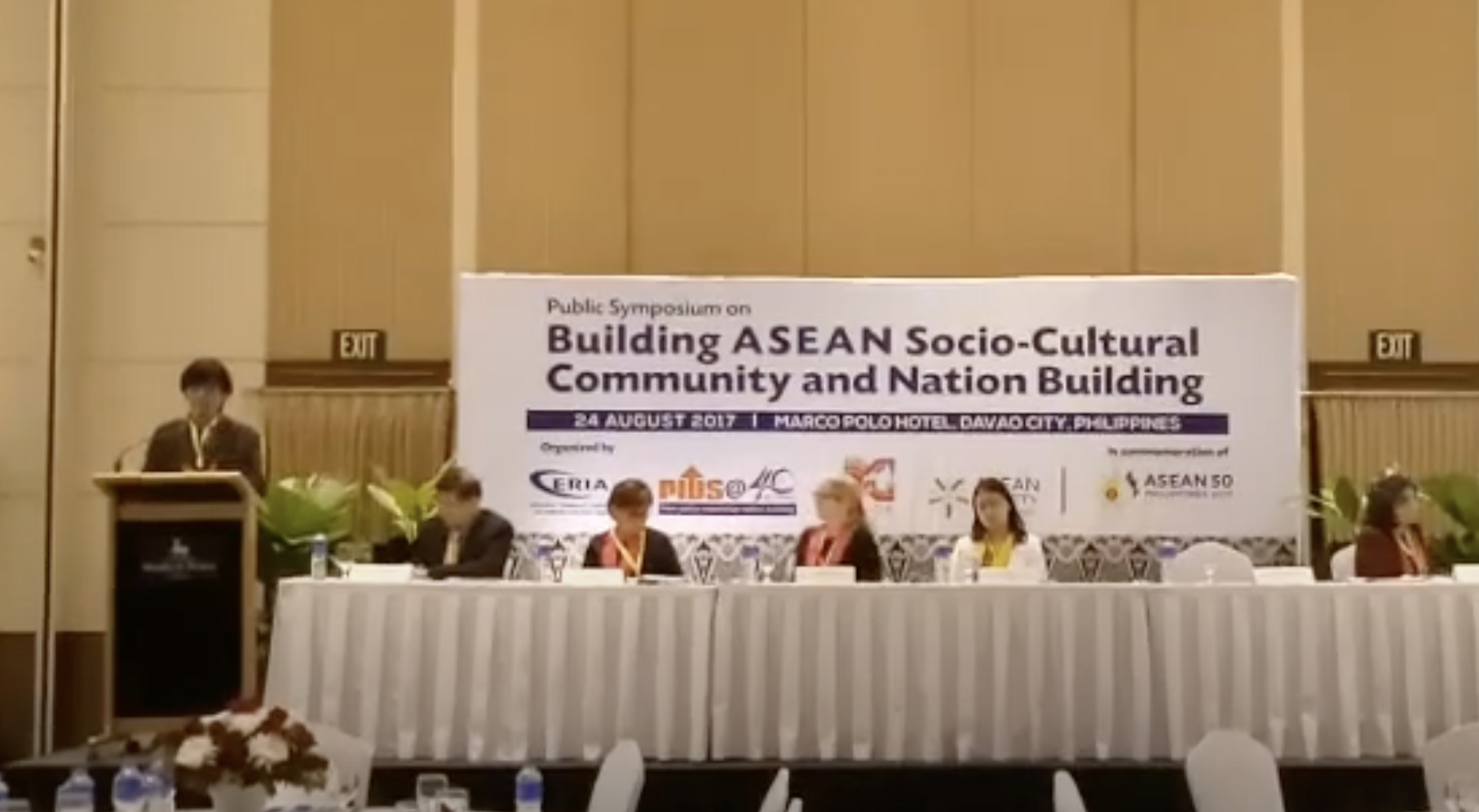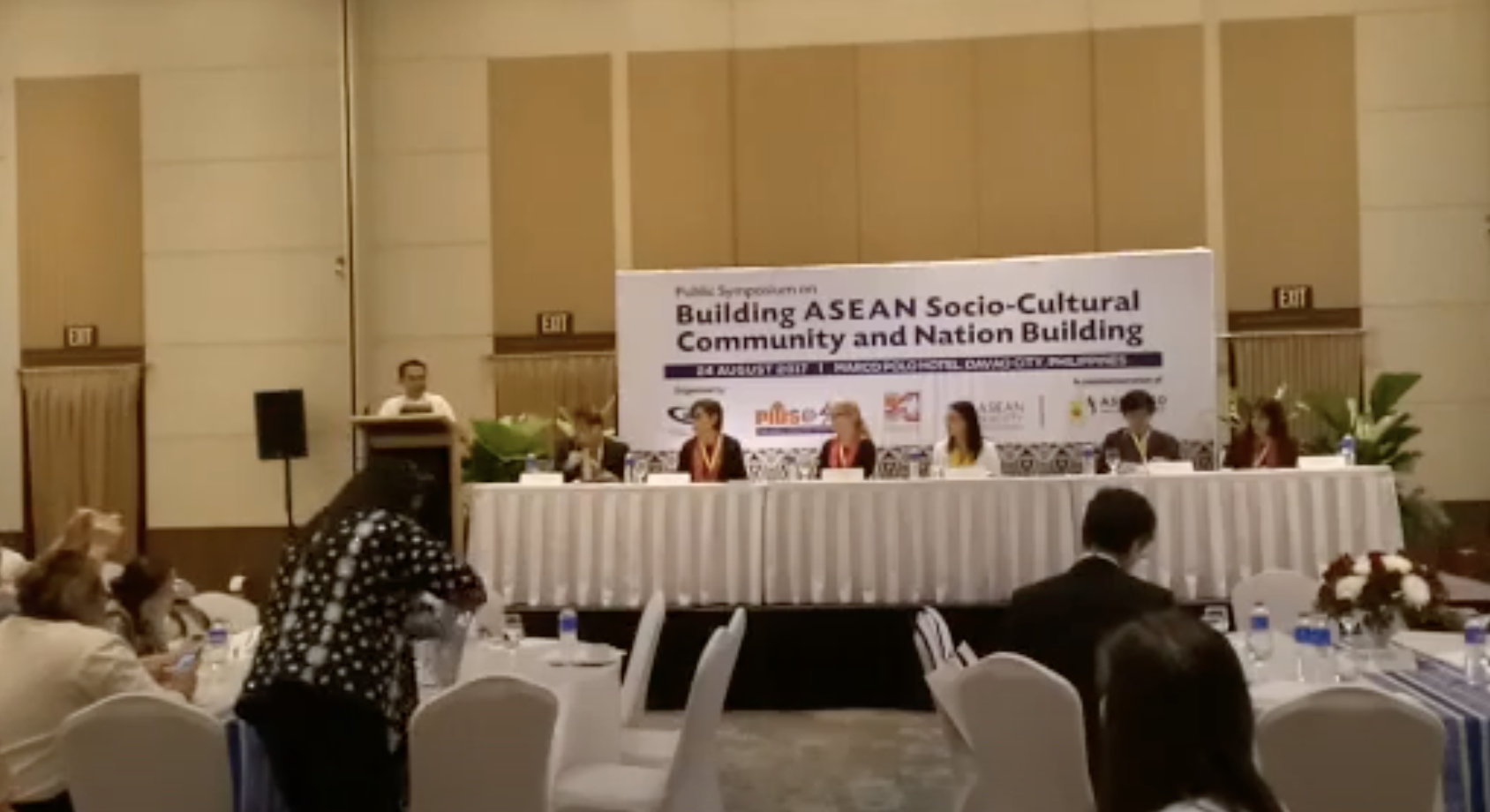MANILA, Philippines – In a privilege speech on the House floor last Monday, February 27, Manila 3rd District Representative Joel Chua suggested that the Metropolitan Manila Development Authority (MMDA) should be abolished if the Marcos administration is determined to “rightsize” the government and improve its efficiency.
Chua pointed out that the MMDA’s budget had reached around P10 billion in the combined 2023 General Appropriations Act (GAA) – far more than the budgets of other government agencies such as the Commission on Human Rights.
However, as the MMDA cannot force the Local Government Units (LGUs) in Metro Manila to comply with its directives, Chua argued that the agency had wasted billions of funds on unfinished projects and initiatives.
What is “rightsizing”?
Rightsizing – according to a University of the Philippines National College of Public Administration and Governance research conducted by Nelin Estocado-Dulpina – is a program “designed to arrive at the appropriate structure and size of government agencies” to make them more responsive and efficient.
“The overarching objective of this is to have a smaller bureaucracy that is agile and responsive to modern times. In addition, this program will fix agencies that have repetitive functions or overlapping functions,” Budget Secretary Amenah Pangandaman added.
The renewed push to abolish the MMDA gained attention again as the Marcos administration embarked on a National Government Rightsizing Program (NGRP) that aims to eliminate unnecessary and ineffective government operations and agencies.
Notwithstanding recurring talk about its abolition, the MMDA’s extensive functions have undoubtedly made it a fixture in the lives of people who live in Metro Manila.
How was the MMDA created?
The MMDA has its roots in the late dictator Ferdinand E. Marcos’ Presidential Decree No. 824 which established the Metro Manila Commission (MMC) on November 7, 1975.
The MMC was intended to act as a “central government” that exercised direct control over Metro Manila LGUs and powers of taxation. Despite its comprehensive responsibilities, the MMC’s governor was appointed instead of elected. The first governor was no less than Marcos’ wife Imelda Marcos.
On January 9, 1990, almost four years after the Marcoses fled the country, former president Corazon Aquino abolished the MMC and replaced it with the Metro Manila Authority (MMA) through Executive Order No. 392.
The MMA was intended to be a “coordinating and semi-legislative body” composed of NCR mayors. While LGUs worked on problems within their jurisdiction, the MMA was tasked to address “metropolitan-wide and/or common problems or those transcending local boundaries.”
On March 1, 1995, under former president Fidel Ramos, Republic Act No. 7924 changed the MMA’s name to the Metropolitan Manila Development Authority. The provisions in RA 7924 continue to define the extent of the MMDA’s powers and responsibilities today.
What does the MMDA do?
The MMDA is primarily responsible for delivering services which “have metro-wide impact and transcend legal political boundaries or entail huge expenditures” that would make it impractical to leave them in the hands of individual LGUs.
These services include the management of transport and traffic, flood control and sewerage systems, urban renewal, land use planning and shelter provision, health, sanitation, solid waste disposal, and public safety.
Transport and traffic management
The MMDA’s management of Metro Manila’s transportation system and traffic flows receive the most media attention. In 2019, the Asian Development Bank (ADB) and the TomTom Traffic Index both named Manila the “most congested city” in the world.
The MMDA coordinates and monitors the mass transport system, parking rules and regulations, apprehension and ticketing system, and other matters related to the people and vehicles on Metro Manila’s thoroughfares.
Lack of urban planning, limited transportation options, and an over-reliance on cars are among the identified culprits for Metro Manila’s traffic problems. According to the Japan International Cooperation Agency (JICA), the economic cost of congestion could rise to as much as P5.4 billion a day by 2035 if left unchecked.
In 2015, worsening traffic conditions in Metro Manila brought attention to the MMDA’s shortcomings and renewed calls to transform the agency into a “Metro Manila Traffic Authority” which will enforce uniform transport and traffic rules in NCR while decentralizing other matters to individual LGUs.
In November 2022, the MMDA committed to a five-year plan to “further improve traffic corridors; enhance the intelligent transportation system; strengthen traffic regulations, enforcement, and road safety; promote active transportation and develop a comprehensive traffic management database.”
Flood control and sewerage systems management
The MMDA’s Flood Control and Sewerage Management Office is in charge of integrating Metro Manila’s flood control, drainage, and sewerage systems.
Working hand-in-hand with the Department of Public Works and Highways, the MMDA also maintains several pumping stations all over NCR that could mitigate flooding brought about by typhoons and heavy rains.
However, stronger storms, deforestation, and other forms of environmental destruction are set to exacerbate the frequency and impact of flooding in NCR.
Urban renewal, land use planning, shelter provision
The MMDA is tasked with directing urban renewal, rehabilitating “blighted” slum areas, and helping city diversity to flourish.
These tasks also involved the MMDA in various medium and long-term development projects together with other sectors. In 2015, the MMDA invited the Philippine Institute for Development Studies to help improve its planning and regulatory designs and prepare for ASEAN integration.
The MMDA also dabbles in beautification projects and hosts the annual Metro Manila Film Festival.
Health, sanitation, solid waste disposal management
The MMDA’s Solid Waste Management Office operates and maintains sanitary landfills and works to promote environmentally-friendly practices.
Although NCR LGUs are primarily responsible for “effective and efficient solid waste management, segregation, and disposal,” the MMDA is still tasked to promote the health and well-being of NCR residents by coming up with plans to prevent, control, and combat pollution.
Public safety
The MMDA’s public safety mandate includes “preparedness for preventive or rescue operations during times of calamities and disasters” and mobilizing resources to implement contingency plans, supplement relief operations, and lead rehabilitation efforts.
To foster preparedness for earthquakes (especially “The Big One”) and other kinds of disasters, the MMDA has led the conduct of metro-wide emergency drills. The Greater Manila Area (which extends to the nearby provinces of Central Luzon and Calabarzon regions) sits atop an extensive fault system that experts think is ripe for movement.
The fifth “Metro Manila Shake Drill” occurred last July 27, 2019.

